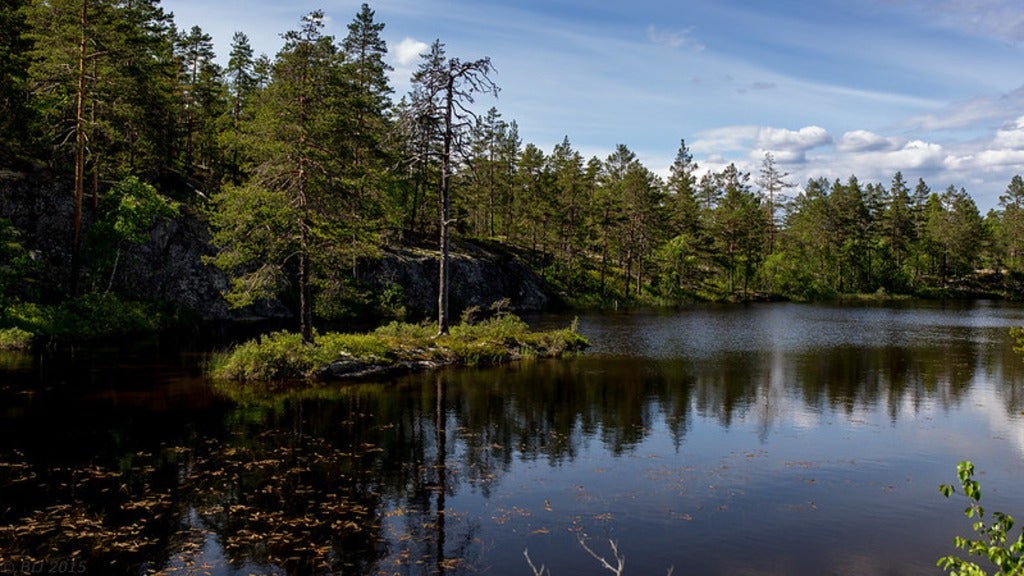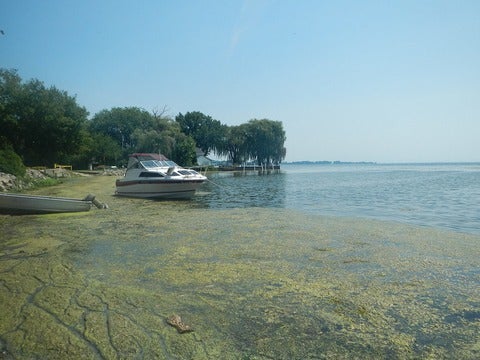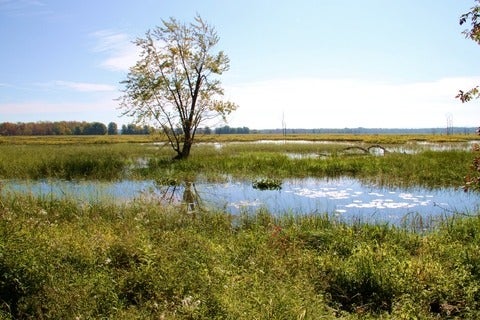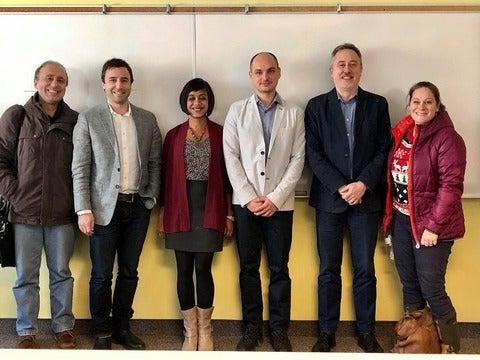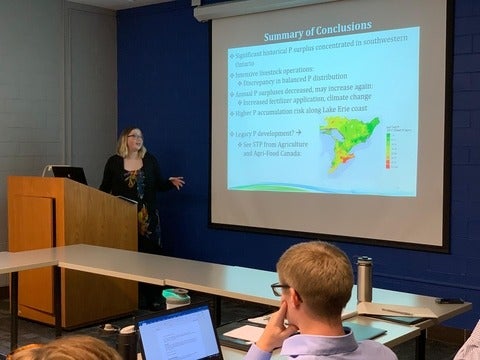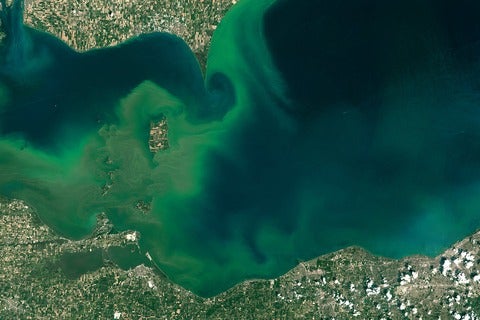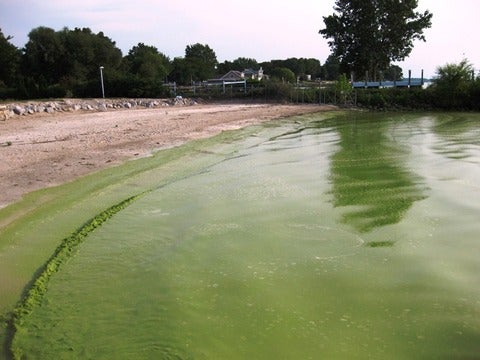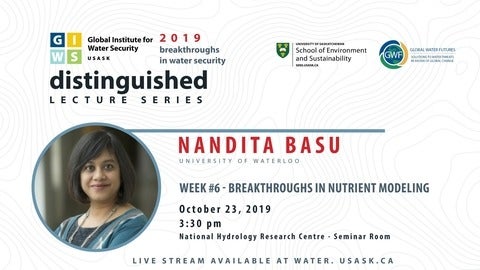Can Internal Phosphorus Loading Sustain Algal Blooms?
Excess nutrients in lakes can lead to unsightly algal blooms, turning water green and producing toxins that impact our water quality.
One excess nutrient, phosphorus, enters waterways from agricultural and urban areas and eventually settles in lake sediments. Here, it can cycle back into the water column or be stored in deeper sediment layers. But many lake water quality models do not adequately capture how nutrients cycle between these sediments and the water column.
Recent work by Igor Markelov, Raoul-Marie Couture, Rachele Fischer, Sigrid Haande and Philippe Van Cappellen merged two existing lake models to better understand processes that influence nutrient cycling between sediments and the water column.
